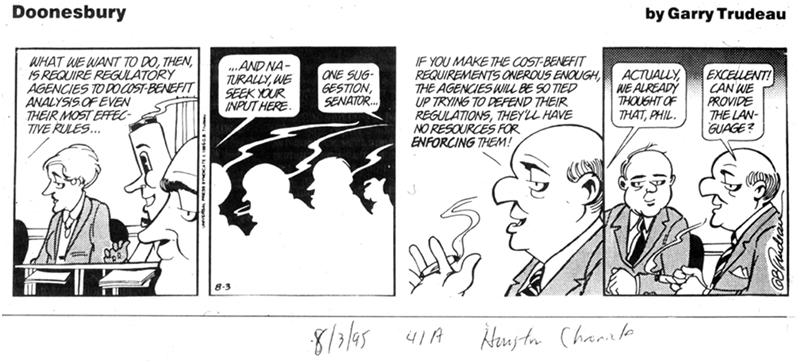August 22, 2014
The CDC today updated its official fact sheet on smoking in movies.
Among many other important things, it says: "Giving an R rating to future movies with smoking would be expected to reduce the number of teen smokers by nearly 1 in 5 (18%) and prevent one million deaths from smoking among children alive today."
It also says: "In 2012, the Surgeon General concluded that exposure to onscreen smoking in movies causes young people to start smoking. Because of this exposure to smoking in movies: 6.4 million children alive today will become smokers, and 2 million of these children will die prematurely from diseases caused by smoking."
It also contains data on individual studios' performace in 2013.
The Full official link, stable from year to year is http://www.cdc.gov//tobacco/data_statistics/fact_sheets/youth_data/movie...
Check it out!
August 13, 2014
Bianca Cox and colleagues just published a nicely done paper, “Impact of stepwise introduction of smoke-free legislation on population rates of acute myocardial infarction deaths in Flanders, Belgium,” that shows that, after controlling for time trends, seasons, air pollution, and other factors, there were big drops in heart attack mortality immediately after smokefree laws were implemented.
Here is the abstract:
Objective Many studies demonstrated a decline in hospital admissions for cardiovascular diseases after the implementation of a smoking ban, but evidence for reductions in cardiovascular mortality is more limited. In Belgium, smoke-free legislation was implemented in different phases. Public places and most workplaces became smoke-free in January 2006, whereas the legislative ban on smoking in restaurants was introduced in January 2007. These successive steps in legislation provided us the opportunity to investigate possible stepwise changes in fatal acute myocardial infarction (AMI) rates.
Methods Data on all AMI deaths of 30 years of age or older in Flanders (Belgium) between 2000 and 2009 (n=38 992) were used. Age-standardised AMI death rates were analysed with segmented Poisson regression allowing for secular trends, seasonality, temperature, PM10 and influenza.
August 12, 2014
In the June 2014 issue of ASHRAE Journal, Bud Offerman, an expert on indoor air published a well-done risk assessment of active and passive exposure to e-cigarette aerosol using standard methods. (ASHRAE is the American Society for Heating, Refrigeration, and Air Conditioning Engineering, the organization that develops engineering standards for, among other things, building ventilation systems. The tobacco companies spent years keeping ASHRAE from identifying secondhand smoke as a serious indoor air pollutant, something ASHRAE eventually did.)
Here are the first and last paragraphs of Offerman's paper:
The prevalence of the use of e-cigarettes is increasing. E-cigarettes are marketed as an alternative to smoking tobacco that only produces harmless water vapor, with no adverse impact on indoor air quality. However, published literature seems to show that e-cigarettes are not harmless. Photo 1 shows an e-cigarette user exhaling a dense visible aerosol into the surrounding air. This visible aerosol consists of condensed submicron liquid droplets, which contain many chemicals including some that are carcinogenic, such as formaldehyde, metals (cadmium, lead, nickel), and nitrosamines.
August 12, 2014
Members of the US Senate and House of Representatives sent a strongly worded letter to the FDA and Office of Management and Budget last week criticising the agencies for grossly understating the benefits of tobacco regulation, then discounting these understanded benefits because of lost "consumer surplus," i.e., the lost pleasure due to no longer smoking.
They also highlight the implications for other health and safety regulations, like nutrition standards, that the FDA and OMB economists have suggested should also be the object of a consumer surplus discount.
Read the full letter here.
August 8, 2014

Submitted to FDA:
Docket No. FDA-2014-N-0189
August 8, 2014
FDA and OMB should put the public health first, as the law directs them to.
Stanton A. Glantz, PhD
Professor and Director
The tracking number is 1jy-8dof-xl8c.
Thanks to Joel Dunnington for sending this around.
